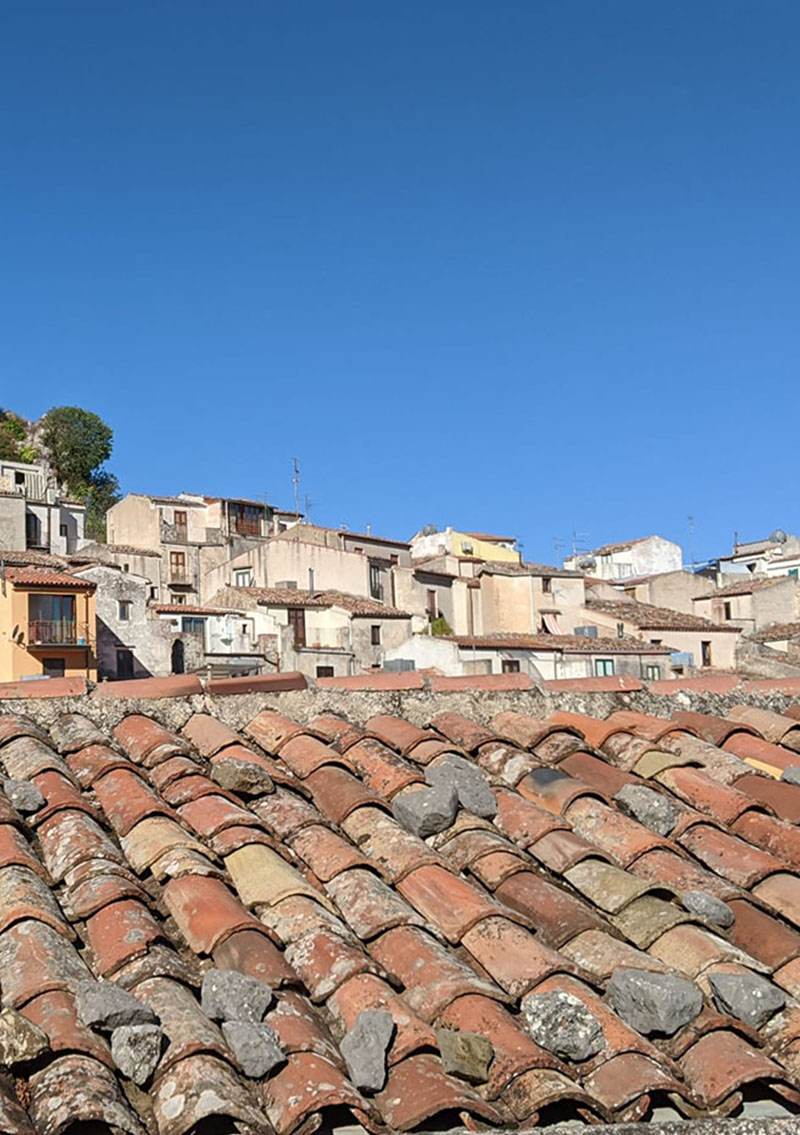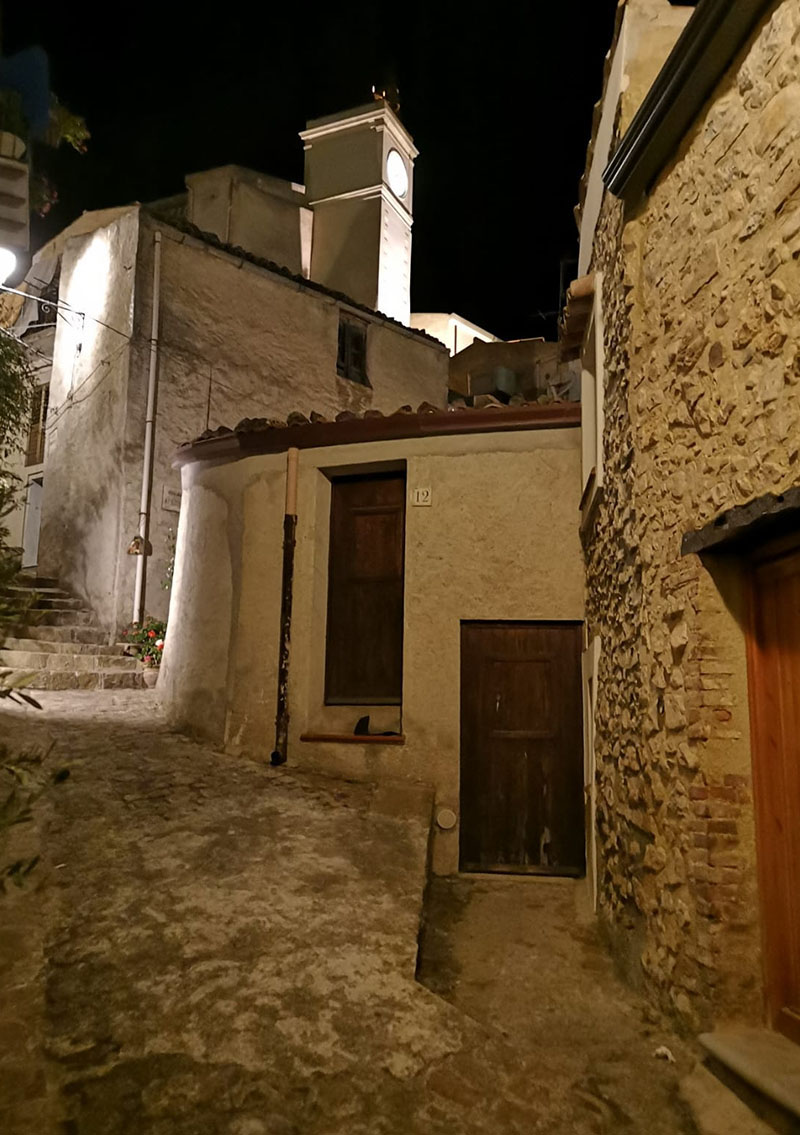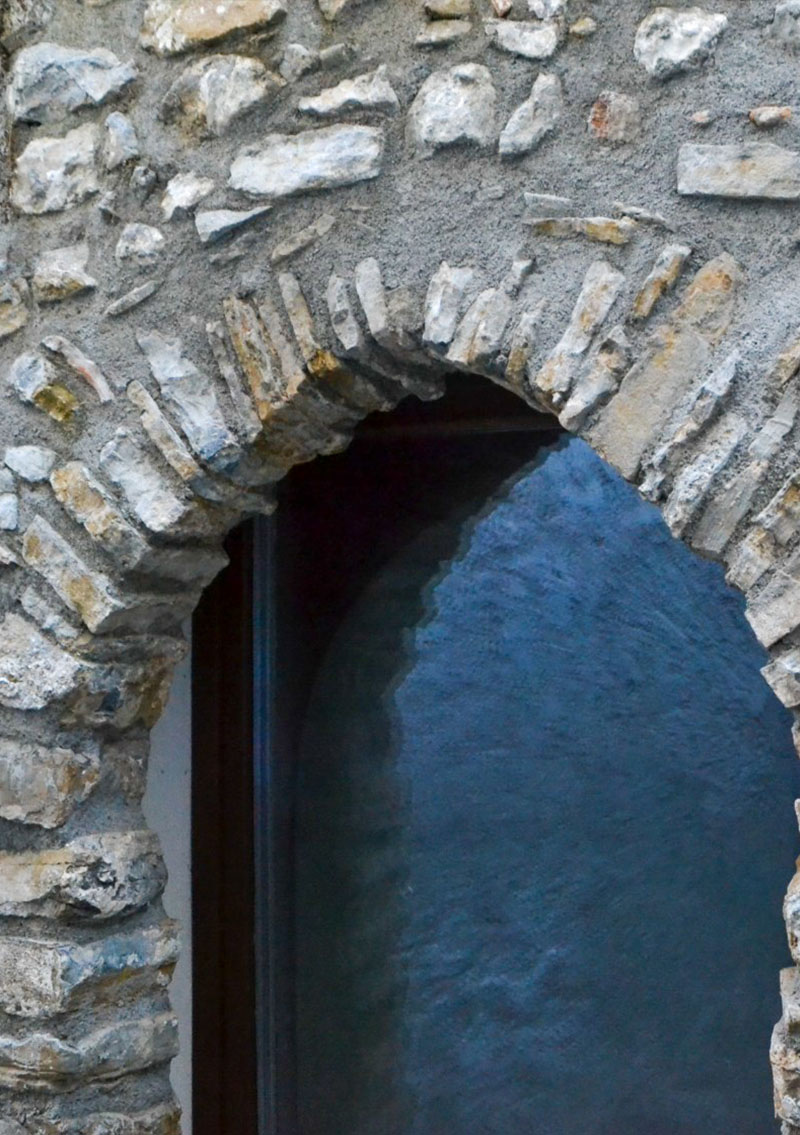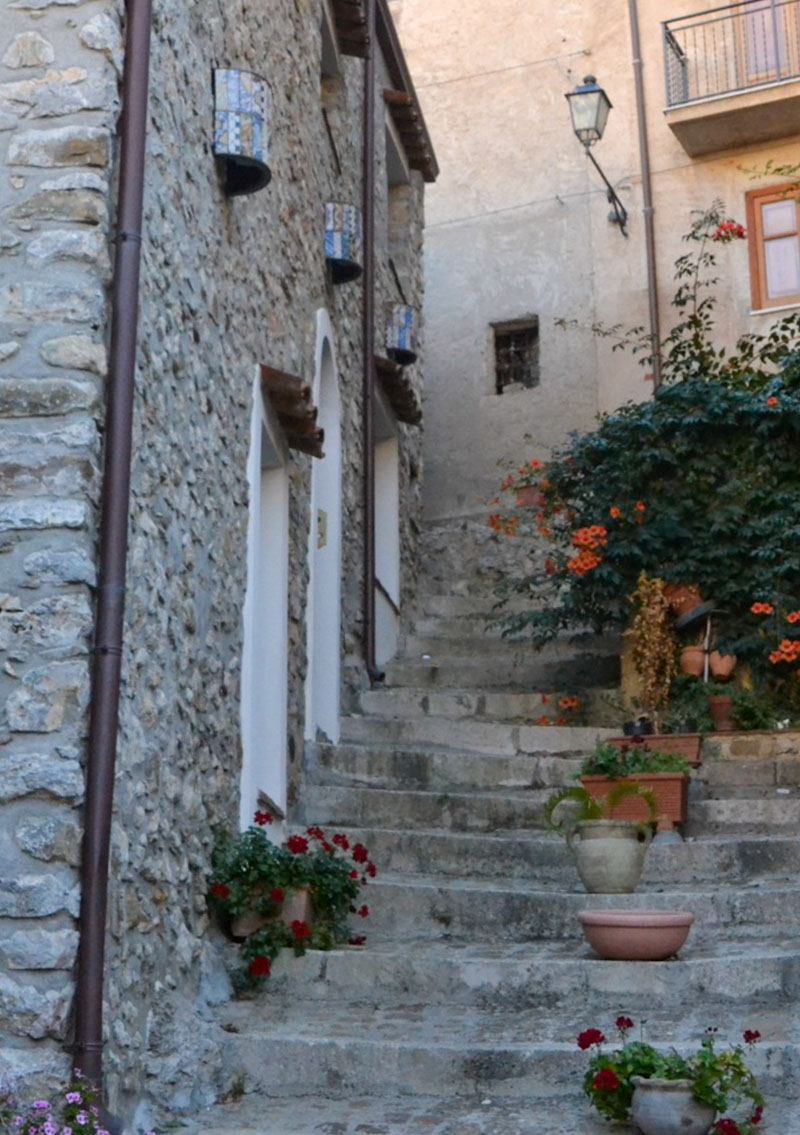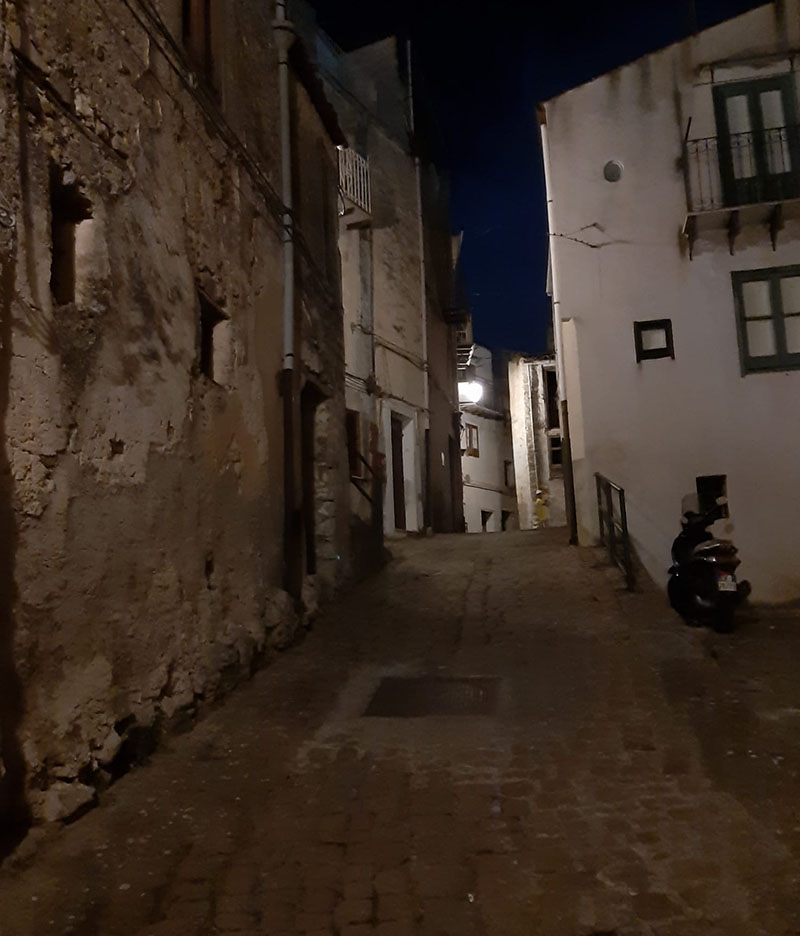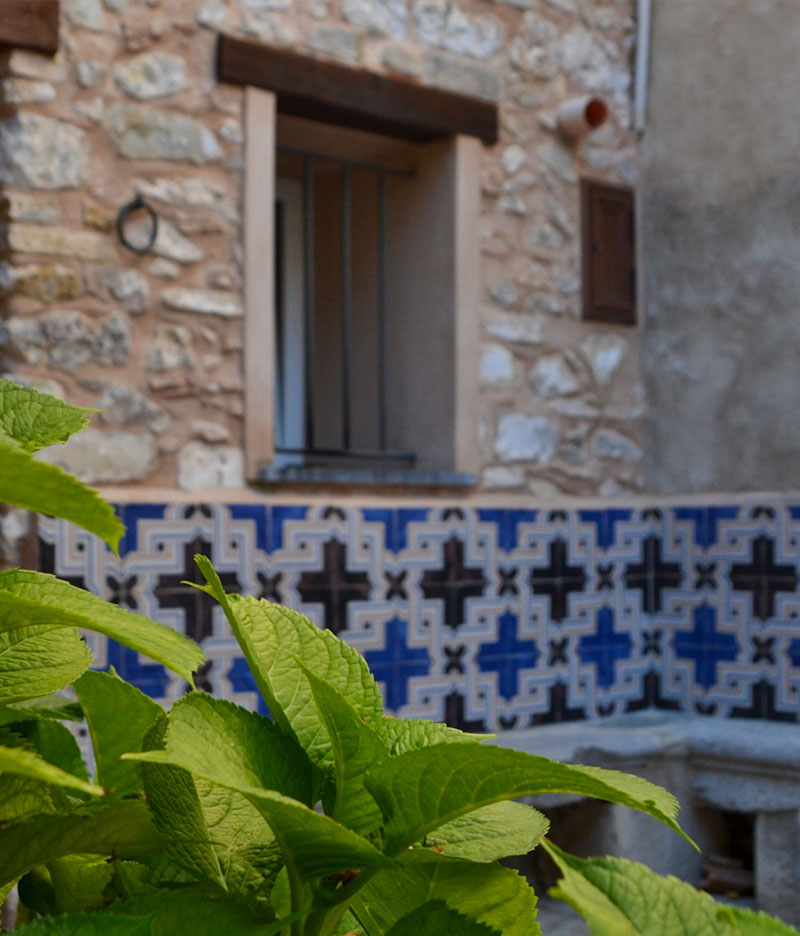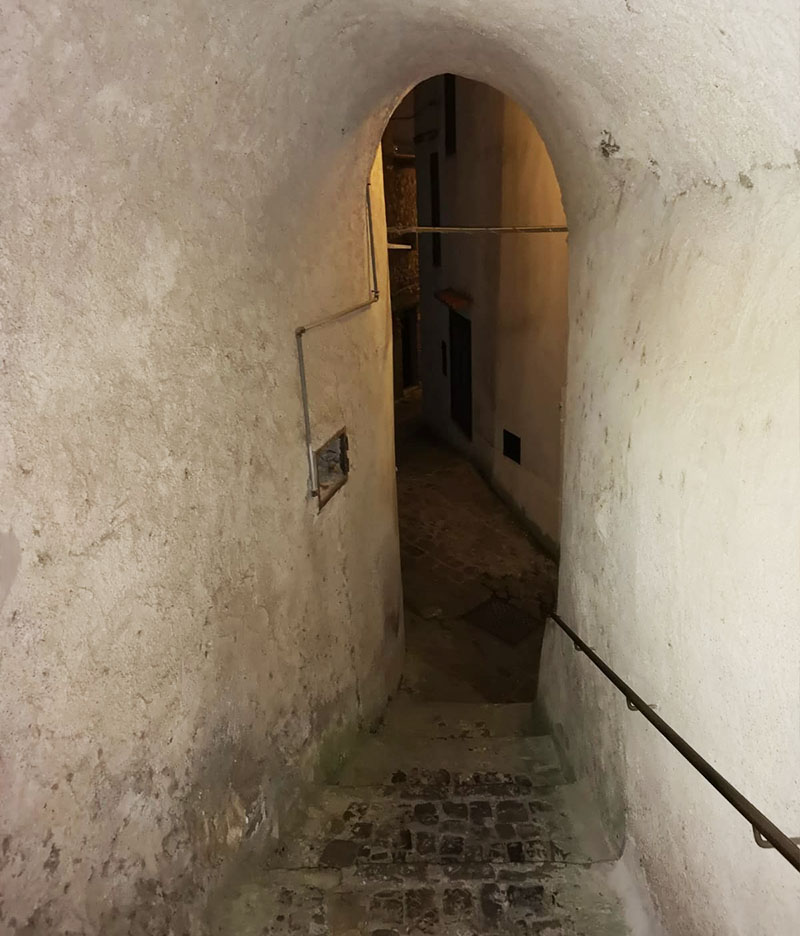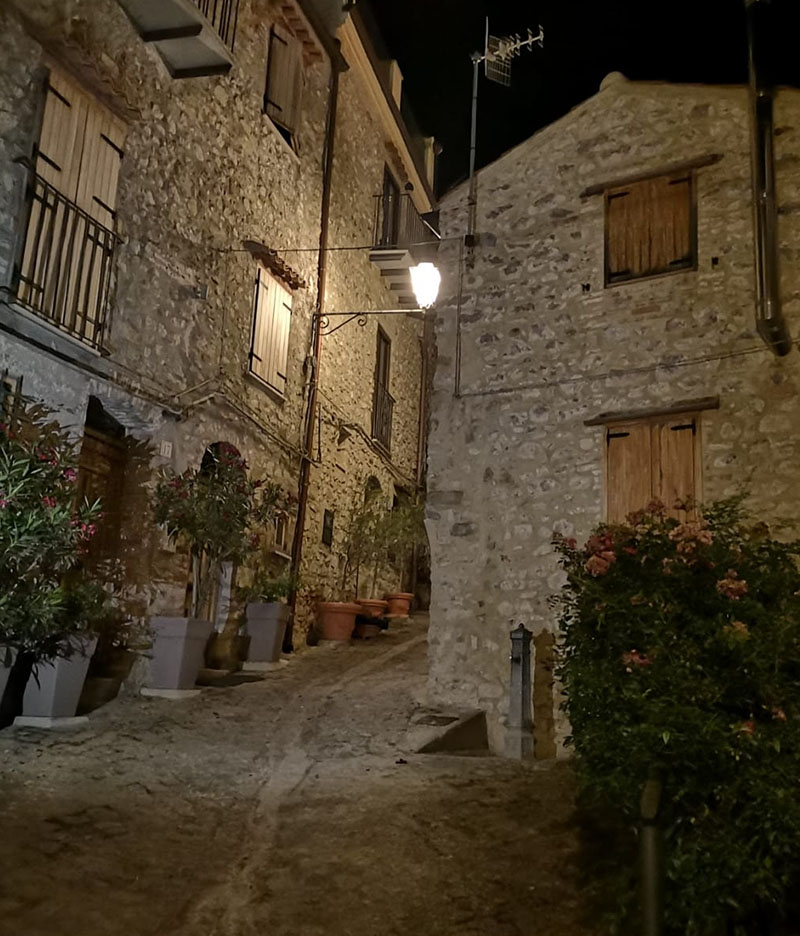Your basket is currently empty!
The meeting is scheduled in Piazzetta Ponte Silvio, where a small stream flows, right under your feet, the Crati, now covered by the road. Right in front of you is the Salita Orologio which until 1900 used to be called Via dei Saraceni.
There the Arabs settled and founded their neighborhood, at the foot of the castle – probably from the Byzantine era – which they called Hottirisch, from the Arab name Qratiris. According to the news reported by Arab historians Bauijan and Inb-Hawqal – later expanded by Amari – it would appear that Gratteri, along with Cefalù, Brucato and Marineo were conquered by the Saracens around 835-838.
And Rosario Gregorio, in the story of the Arabic deeds in Sicily, cites him also with that name: “A Kalat Asserat (Arabic name of Collesano) to Cefaludi via maritima VIII, atque his inter jacet castellum Hottirisch’‘. The oldest part of the building – with an amphitheatre-shaped structure – was built in the period of Arab domination and it is characterized by circular houses erected on the rock that can still be seen in the oldest part of the town core.



